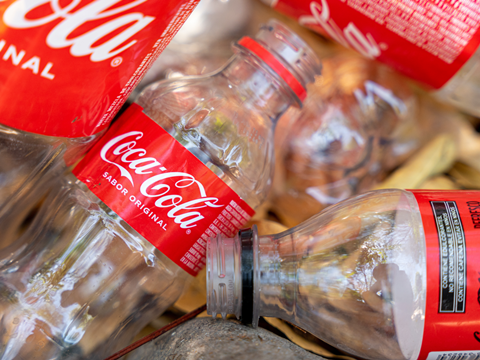
Coca-Cola Europacific Partners is accused of driving plastic pollution in Samoa after replacing reusable glass bottles with single-use plastic alternatives – raising concerns about potential violations of environmental laws and human rights standards.
Plastics are said to constitute around 16% of all the waste generated in Samoa, with approximately 7,000 tonnes thought to be consumed every year. Most of it is estimated to be 1L or 2L polyethylene terephthalate (PET) bottles.
A letter from UN Special Rapporteur on Toxics & Human Rights Marcos Orellana explains that Samoa is located at a distance from international offshore recycling markets and has a limited recycling capacity. As a small island developing state (SIDS), it faces roadblocks when it comes to waste management and recycling – these include limited technical and financial resources, high transportation costs, and difficulty achieving economies of scale.
Therefore, much of its plastic waste is condemned to littering or illegal dumping, polluting land and marine environments. Alternatively, the waste can end up in incineration or landfill, but Samoa has limited space for waste disposal; its main landfill site in Upolu, Tafaigata, is reportedly reaching capacity.
Orellana describes how the non-alcoholic beverage bottler Coca-Cola Amatil Limited previously introduced a reusable glass bottle system to Samoa. Under this system, consumers were directed to pay a deposit with their purchase of a bottled drink; the charge would be reimbursed when they returned their empty glass bottles.
In 2021, Coca-Cola Amatil Limited was acquired by Coca-Cola European Partners to form Coca-Cola Europacific Partners. Around this time, the reusable glass bottles were replaced with plastic bottles produced overseas – a move that allegedly led to an ‘immediate increase’ in plastic litter and pollution, with Coca-Cola said to contribute to one-third of the country’s plastic bottle waste only ‘a few months after’ the transition.
While The Coca-Cola Company is said to have extended grant assistance to local recycling organizations in Samoa – this funding is believed to have helped establish collection cages for recycling and contributed to recycling awareness and education programmes – Orellana emphasizes that the country still lacks a long-term, financially sustainable recycling operation, yet plastic Coca-Cola bottles continue to circulate.
The transition from reusable glass to single-use plastic is said to contradict The Coca-Cola Company’s World Without Waste platform, which aspires to improve recyclability and recycled content in primary packaging; increase the percentage of Coca-Cola beverages sold in refillable or returnable glass; and keep waste out of the environment.
Importing plastic bottles from abroad is also believed to drive up transport-related emissions, alongside plastic and microplastic releases into the natural environment. Alongside the greenhouse gases associated with the plastics life cycle, from extraction to decomposition or incineration, Coca-Cola is accused of going against its targets to lower carbon emissions across its value chain.
“This switch to plastic packaging material aggravates plastic pollution in Samoa, jeopardizing the enjoyment of a broad range of human rights in a country already exposed to the disproportionate impacts of the environmental crisis,” Orellana explains.
“This issue is even more alarming in the specific context of Samoa, since the small island state cannot rely on proper recycling facilities capable of dealing appropriately with the waste. However, all the stages of the plastics cycle have negative human rights implications, affecting especially individuals and communities who already find themselves in situations of vulnerability.
“We are concerned about the evident incompatibility of the reintroduction of plastic packaging with the targets identified by the Coca-Cola company itself to contribute to the United Nations Sustainable Development Goals. While noting with interest such initiatives, we highlight the importance of pursuing the announced targets in a coherent and consistent fashion worldwide.
“Due to the global character of the plastics crisis, responses should be globally coordinated and grounded on the effective enjoyment of human rights for everyone. In light of this, we indicate our utmost concerns regarding Coca-Cola Europacific Partners’ decision to switch to plastic packaging in Samoa, particularly given the limitations on appropriate domestic disposal or recycling solutions for plastics.
“We also express our concern at the apparent lack of long-term and sustainable measures taken by the company to address this issue, including through extended producer responsibility schemes.”
Now, Coca-Cola Europacific Partners has been asked to provide additional information or comments on the allegations, including current or planned measures to cut down on the environmental impacts of its products; current or planned efforts to ensure responsible disposal for its products and prevent externalization of costs for plastics recycling to Samoa; and proof that its commercial activities in Samoa comply with international environmental laws and human rights standards.
This information was to be made public via the Office of the High Commissioner’s reporting website within sixty days of Orella’s letter being delivered on 12th March; it would then be made public in a report to be presented to the Human Rights Council.
“This is a crisis that doesn’t need to happen,” commented Matt Littlejohn, senior vice president at Oceana. “Coca-Cola Europacific Partners is selling large amounts of reusables in the Philippines and is investing hundreds of millions of euros in its reusable operations elsewhere.
“CCEP can and should bring reuse back to Samoa. Plus, as Coca-Cola CEO James Quincey recently stated at the company’s annual meeting, reuse is ‘vital to our revenue growth management strategy.’ Bringing back reuse is not just good for the people and environment of Samoa, it’s also good for business.”
Due to the lack of local plastic recyclers in Samoa, the national recycling rate for PET is not well-established. However, PET is widely considered to have a lower carbon impact than glass throughout its life cycle; if it is appropriately recycled, some argue that the transition into plastic improves Coca-Cola’s circularity.
Neverthless, other critics include John Hocevar, oceans campaign director at Greenpeace USA, who suggests that “Coke’s elimination of its reuse system in favor of the proven failure of plastic recycling is a clear choice to put corporate greed ahead of environmental responsibility and human well-being.
“Coke’s leadership seems to believe that if they keep putting up billboards about recycling, no one will notice that their plastic footprint keeps growing while they continue to abandon their goals and commitments. At a time when the whole world is working together to solve the plastic crisis, Coke is moving backwards.”
Emma Priestland, corporate coordinator at Break Free From Plastic, added: “Choosing to dismantle a long-standing functional reusable glass bottle system in favour of plastic is an act of harm against the people of Samoa.
“Coca-Cola markets itself using the slogan ‘a world without waste’ while simultaneously choosing to massively increase waste in a Small Island Developing State already dealing with serious waste challenges.”
Last year, The Coca-Cola Company announced that it had lowered the ambition of its voluntary envrionmental goals. It previously intended to It previously sought to design 100% of its packaging for recycling by 2025, and by 2030, to use at least 50% recycled material in its primary packaging and collect and recycle a bottle or can for each one sold. Now it has set a 2035 deadline to reach 40% recyclate in its primary packaging, implement 35% and 40% recycled material in its primary plastic, glass, and aluminium packaging, and collect 75% of its bottles and cans.
Chief executive James Quincey also told investors in an earnings call that, if U.S. President Donald Trump’s 25% tariffs on steel and aluminium imports became too expensive, the company would consider selling more of its drinks in plastic bottles. However, he warned against “exaggerating the impact” of this expense on such a large corporation.
On that note, a recent report from Oceana also suggested that The Coca-Cola Company’s annual plastic use will exceed 4.1 million metric tons by 2030 if its current practices continue. Apparently, it could avoid this outcome if it ensures that 26.4% of its packaging is reusable within the next five years.
If you liked this story, you might also enjoy:
Reuse vs. single use – which is better for the environment?
Sustainable Innovation Report 2025: Current trends and future priorities
What can the world learn from South Korea’s world-leading performance in plastics circularity?

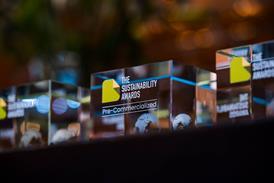
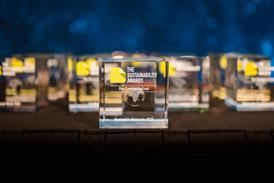
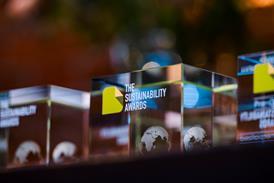
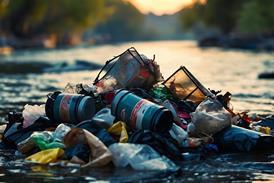
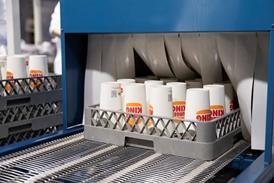










No comments yet